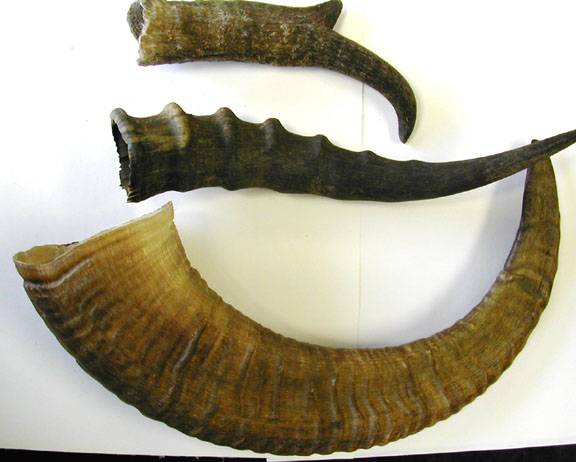There are a few ideas for the horn so far. These include using a cow horn such as this or a thing known as a shofar. There are several pros and cons to getting the tone that we require for the Haskell Horn. That is:
[A] baritone blast to penetrate walls…

That’s all just basic things, though. What we really need is a practice horn, so that people who aren’t brass players (i.e. David) can get their Embouchure going. This is particularly important to be able to do correctly when blowing the final horn, as any failure on the part of the blowee would reflect badly upon those who follow Haskell.
Other valid concerns include the size of the horn itself, as space is severely limited. This, however, will affect the tone of the call. Since horns aren’t too expensive, this can be experimented with by the purchase of several different sizes. We, of course, want the deepest tone possible, for the space available. One option would be to curl a larger horn around, sort of like a trombone. This presents problems of its own, as then the horn may start becoming heavy, and I am unsure as to the ease of curling horn.
For now, though, the possibilities are almost endless. Who knows what may lie ahead?
I do.
Awesomeness.

